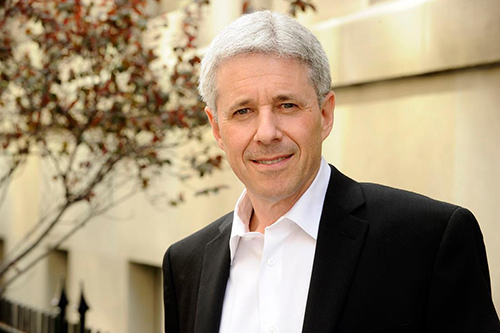‘The genie’s out of the bottle, there’s no going back on it now’

More than nine in 10 Canadians are satisfied with the level of care that they received from a virtual health-care visit, according to a new survey from the Canadian Medical Association (CMA).
“Canadians are used to being online for our banking, we’re used to online shopping,” says Sandy Buchman, CMA president in Toronto. “Many Canadians are primed to [access virtual care]; they’re ready and they want the convenience and accessibility.”
Satisfaction about the level of care received (91 per cent) was 17 per cent higher than what Canadians experienced from an in-person emergency room visit, says Buchman.
And more than one-third of respondents said that they would prefer to access health care first by using virtual methods (phone, video conference, email or text) versus an in-person visit, found the survey of 1,800 people between May 14 and 17.
“Many people want to see the doctor first or the nurse practitioner, whoever that health-care provider is, and then return to virtual care. But the national average seems to be up to 40 per cent would prefer at least virtual-care contact for the first visit,” says Buchman.
Almost half of those polled believe that virtual care will have a positive effect on health-care funding, according to the CMA, as well as improve access to specialists (45 per cent) and promise more timely access to test results (41 per cent).
Changing the game
It’s not only the COVID-19 outbreak that provided a great impetus to use virtual care, Canadians were ready to embrace it, says Buchman.
“All of a sudden, this pandemic came and here was an experiment in real life and virtual care took off… to such an extent that the genie’s out of the bottle, there’s no going back on it right now.”
But in order for virtual health care to succeed, the federal government needs to “undertake broadband, high-speed internet in all the locations in Canada, like the northern provinces for example,” says Buchman. “We need the federal government to take a leadership role, so that they can we can improve it.”
“Virtual care has the potential to improve access for rural and remote Canadians who might have to travel very far to see their physician or their specialist. People receiving cancer therapy or dialysis, for example, often have to travel a few times a week and they’re quite ill and weak anyway to get to the clinic. Some of those check-in visits, such as after chemotherapy, might be able to be done from home.”

Sandy Buchman
And for virtual care to provide the best results, it needs to be incorporated with regular family physician visits, he says.
“We have to ensure that virtual care doesn’t become that kind of episodic or virtual walk-in clinic. Although that can provide care, it’s not always the best kind of care; the best kind of care is that regular ongoing relationship.”
Sixty-one per cent of those asked in the CMA survey reported an in-person visit with a family doctor was their first choice of receiving care, while a further 31 per cent preferred an in-person visit to a clinic.
Recently, an online care provider answered key questions on the topic of virtual health, while another provider cited the “expedited” growth in digital health since the pandemic hit.




